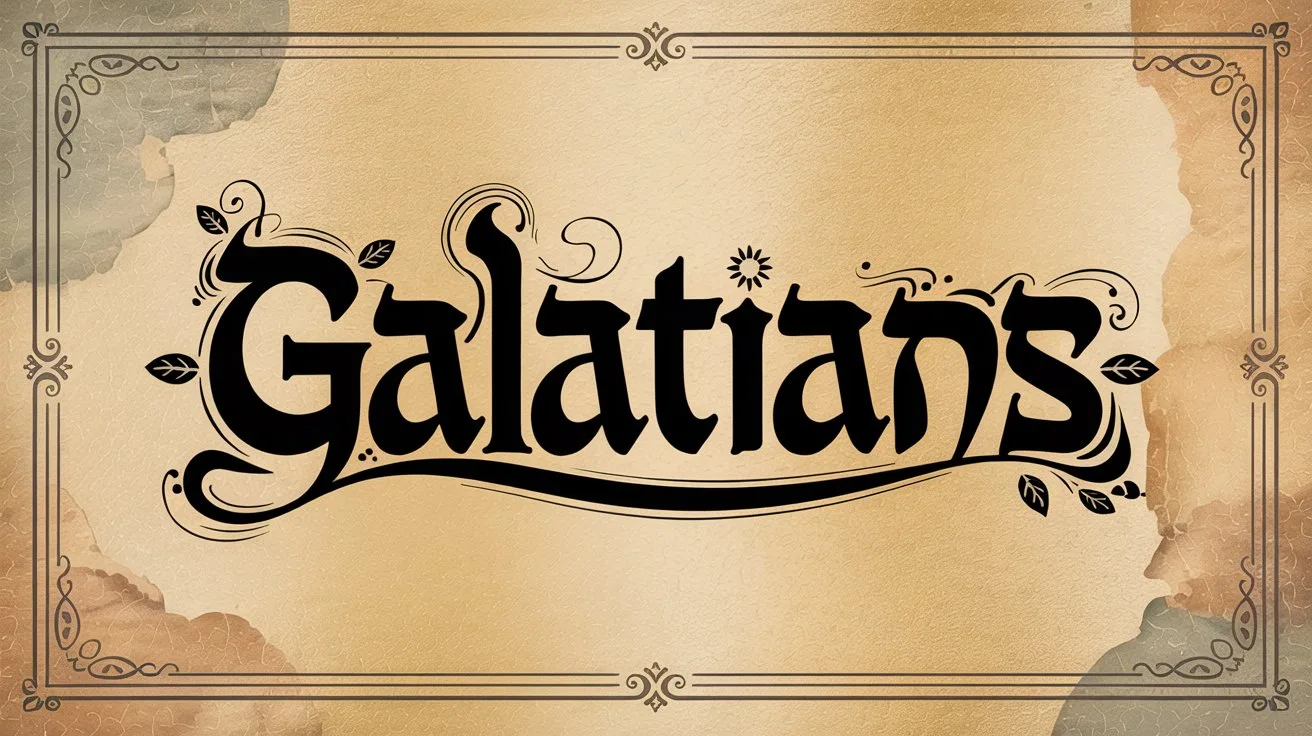The handwriting appeared on the wall as a direct judgment from God against King Belshazzar of Babylon for his arrogance, sacrilege, and failure to honor the Lord. It was a supernatural sign foretelling the immediate fall of his kingdom and his death.
Belshazzar, the son of Nabonidus and co-regent in Babylon, held a great feast during which he committed a grave offense:
“They brought the gold vessels that had been taken from the temple of the house of God which had been in Jerusalem… and they drank wine in them, and praised the gods of gold and silver…”
(Daniel 5:3–4)
While defiling the sacred vessels of the temple and glorifying idols, God intervened:
“In the same hour the fingers of a man’s hand appeared and wrote opposite the lampstand on the plaster of the wall…”
(Daniel 5:5)
The king was terrified. None of his wise men could interpret the writing, so Daniel was summoned. He rebuked Belshazzar for not humbling himself despite knowing what had happened to his predecessor Nebuchadnezzar:
“But you his son, Belshazzar, have not humbled your heart, although you knew all this.”
(Daniel 5:22)
Daniel then interpreted the writing:
“MENE, MENE, TEKEL, UPHARSIN.”
(Daniel 5:25)
Each word represented divine judgment:
“MENE: God has numbered your kingdom and finished it;
TEKEL: You have been weighed in the balances, and found wanting;
PERES: Your kingdom has been divided, and given to the Medes and Persians.”
(Daniel 5:26–28)
That very night, the prophecy was fulfilled:
“That very night Belshazzar, king of the Chaldeans, was slain. And Darius the Mede received the kingdom…”
(Daniel 5:30–31)
The handwriting on the wall was God’s final warning, revealing that no kingdom or king stands above His authority. It was a declaration that God’s judgment is swift and certain against those who profane His name.







